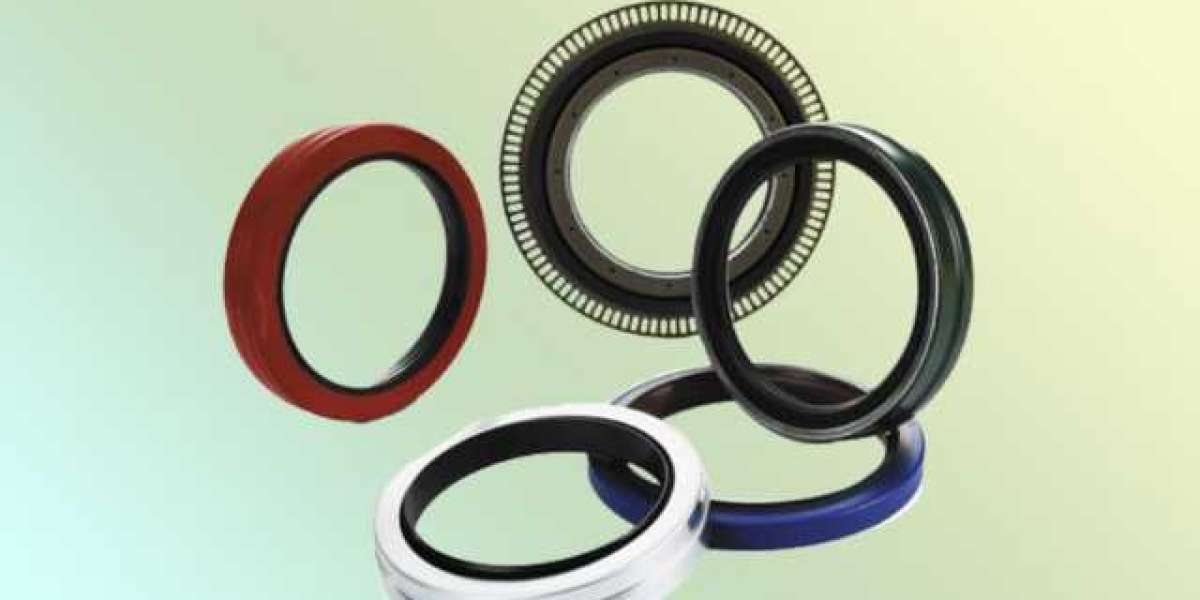In the realm of machinery and mechanical systems, optimal performance is a fundamental goal. Yet, achieving and maintaining peak efficiency often hinges on an unsung hero: the oil seal. These unassuming components play a vital role in preventing leaks, reducing friction, and ensuring the smooth operation of countless machines. In this article, we will explore the significance of effective oil seal solutions and their role in mastering machinery performance.
The Crucial Role of Oil Seals
Oil seals, also known as rotary shaft seals or grease seals, are a critical component in machinery where lubricants or oils are used to reduce friction and wear. They serve several essential functions:
Leak Prevention: Oil seals create a barrier that prevents lubricants from escaping the machine and contaminants from entering. This is particularly important in environments where dust, dirt, or moisture could compromise machinery performance.
Friction Reduction: Oil seals reduce friction by ensuring a film of lubricant remains between moving parts. This minimizes wear and heat generation, extending the lifespan of machine components.
Vibration Dampening: Some oil seals are designed to absorb vibrations, which can help prevent damage to delicate components and improve overall machinery stability.
Pressure Regulation: In hydraulic and pneumatic systems, specialized oil seals help regulate pressure, ensuring that these systems operate efficiently and safely.
Key Considerations in Selecting Oil Seals
Choosing the right oil seal for your machinery is crucial for achieving and maintaining peak performance. Several factors must be considered during the selection process:
Operating Conditions: Take into account the operating environment, including temperature extremes, exposure to chemicals or abrasives, and the presence of contaminants. The selected oil seal must be compatible with these conditions.
Material Compatibility: Different oil seal materials, such as NBR (Nitrile), Viton (FKM), and PTFE, have varying degrees of resistance to chemicals and temperature ranges. Ensure that the material used matches the lubricant and operating conditions.
Size and Tolerance: Accurate measurements and tolerances are essential for a proper fit. Using standard size charts, like the AS568 for O-rings, can simplify selection.
Speed and Pressure: Determine the rotational speed and pressure levels within your machinery. These factors influence the choice of oil seal design and material.
Customization: In some cases, machinery may have unique requirements that call for customized oil seals. Manufacturers often offer customization services to meet specific needs.
Benefits of Effective Oil Seals
Investing in effective oil seal solutions can yield numerous benefits for machinery performance and overall operations:
Reduced Downtime: Oil seals prevent leaks and component wear, reducing the need for frequent maintenance and downtime.
Extended Component Lifespan: By minimizing friction and wear, oil seals contribute to the longevity of bearings, gears, and other critical components.
Energy Efficiency: Reduced friction results in improved energy efficiency, lowering operational costs and reducing the environmental footprint.
Enhanced Reliability: Reliable machinery performance leads to increased production efficiency and product quality.
See more








